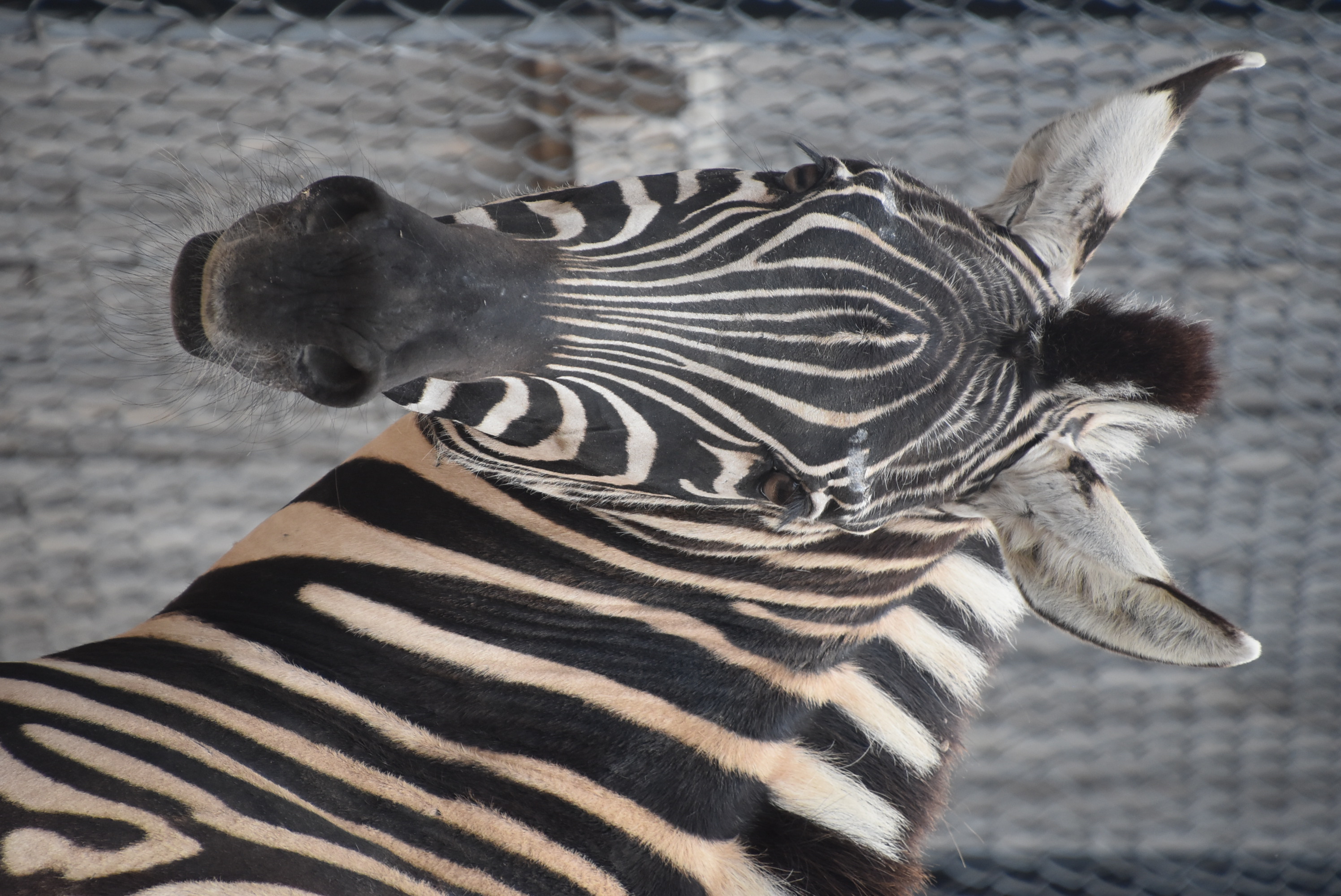Zebras are one of the most alluring and distinguishable animals in the wild. Unmistakable for their bold black and white stripes, these majestic species of the horse family happen to be indigenous to various regions of Africa.
Zebras fall into three main species: the Plains Zebra, the Mountain Zebra, and the Grevy’s Zebra. Each breed is distinct in character and adaptation, an evolutionary trait that enables them to thrive in their varying habitats.
However, this highlight is incomplete without the honorary mention of three other unique zebras: the Golden Zebra, the Albino Zebra, and the rarely discussed Pink Zebra that stand out because of their genetic differences.
Diet
Zebras are herbivores that feed mostly on grasses. They are selective feeders inclined towards specific plant varieties, but consume shrubs, herbs, and leaves during the dry season when grass is scarce.
As a result of this dietary adjustment, they have a highly specialized digestive system that processes low-nutrient and fibrous plants efficiently, nourishing and sustaining them throughout the year.
Habitat
Zebras are highly adaptable so they roam a wide range of habitats, including savannas, grasslands, woodlands, and mountainous regions. The Plains Zebra is commonly found in the vast savannas of East Africa, while the Mountain Zebra inhabits the rugged terrain of southwestern Africa. This versatility demonstrates their resilience.
Size and Weight
Every adult zebra is built differently. Plains Zebras, the smallest of the three species, stand at about 4.5 feet at the shoulder and weigh between 485 to 550 pounds. Mountain Zebras contend closely while Grevy’s Zebras stand tall at a height of up to 5 feet at the shoulder and weight as much as 990 pounds.
The growth phases of a baby zebra are intense as the foals undergo tremendous changes in stature, strength, and agility over short periods to be able to keep up with the herd.
Migration
Migration is a crucial aspect of zebra life, especially for the Plains Zebra. Zebras rove over longer distances across the African savannas, trotting over 1,800 miles annually. Usually, they emigrate in search of greener pastures and water, and in sync with seasonal rains.
Being social mammals, zebras find utmost strength in their numbers during these migrations, preferring to travel in large herds and sometimes joining forces with other herbivores such as wildebeests for safety. This is usually a glorious sight, often immortalized in stunning portraits and panoramic films.
Conservation Status
The conservation status of zebras varies by species. The Plains Zebra is relatively abundant so it’s classified as Least Concern by the IUCN.
On the other hand, the Mountain Zebra and Grevy’s Zebra battle habitat loss, poaching, and competition from other herbivores, earning them a spot in the worrying list of Vulnerable and Endangered species, respectively.
At Abilene Zoo, we recognize the urgent need to fight for the integrity of zebras in the wild and join other conservation platforms in echoing the message on zebra protection and habitat restoration.
Fast Facts
FAQ
What sound does a zebra make?
Zebras make several sounds, including barks, brays, and snorts. They are known for their distinctive barking call that is often used to communicate with the herd.
Are zebras horses?
Zebras are not horses, but they are closely related. Both zebras and horses belong to the Equidae family. While they share some similarities, such as their general body shape and behaviors, zebras have distinct differences, including their unique black-and-white striped coats.
What is a group of zebras called?
A group of zebras is commonly called a “dazzle” or a “zeal.”



